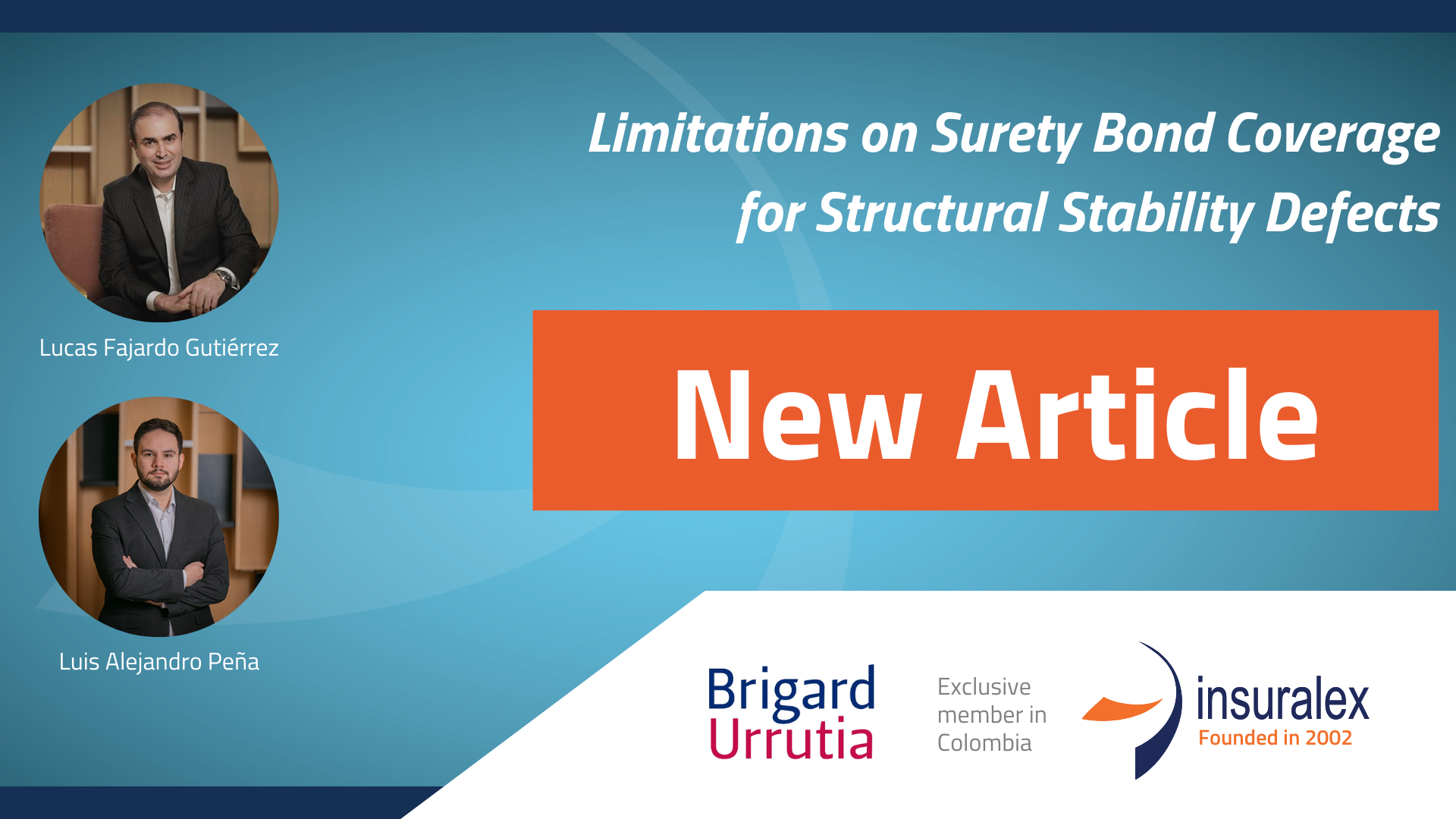
By means of a recent arbitral award published in 2025, an arbitral tribunal in Colombia (hereinafter, the “Tribunal”) settled a dispute between (i) a contracting company, insured and beneficiary under a surety bond with a stability coverage; (ii) the contractor, policyholder of the insurance; and (iii) the involved insurer.
Facts:
The contracting company requested the contractor to build a warehouse and a production plant. Although the buildings were delivered and accepted to the satisfaction of the contracting company, defects were subsequently identified that compromised their structural stability. These defects were evidenced by technical tests carried out by a third party, which demonstrated non-compliance with the design standards established in the contract, as well as with Colombian seismic-resistance regulations.
In view of this situation, the contracting company filed a claim against the contractor and the insurer seeking compensation for the damages caused by the construction defects. The Tribunal ordered the contractor to pay for the damages resulting from the poor execution of the work but acquitted the insurer based on the following:
Considerations:
Prior knowledge of the defects:
The contractor argued that the defects did not constitute a breach, since the contracting company had knowledge of them during the execution of the work, through reports issued by the project supervisor.
The Tribunal dismissed this argument, stating that the project supervisor’s role was limited to verifying that the work was being executed according to the submitted designs, and did not involve an assessment of their suitability or compliance with applicable seismic-resistance standards. Furthermore, the expert reports showed that the inadequacy of the designs and the failure to meet technical standards were direct causes of the identified damages.
Statute of limitations:
The insurer alleged that the actions brought were time-barred, since the contracting company had known of certain defects more than three years prior to filing the claim.
The Tribunal rejected this defense, considering that the initially known damages did not coincide with those claimed in the lawsuit. Consequently, it concluded that the subjective statute of limitations period should be calculated from the moment the contracting company had effective knowledge of the specific damages subject to the dispute.
Contractor’s breach:
Based on the expert reports, the Tribunal found that the work had been executed without observing seismic-resistance standards and without properly adhering to the contractual designs. These deficiencies compromised the stability of the buildings and were the direct cause of the observed structural damages. Therefore, the contractor was held liable for the poor execution of the work and the resulting damages.
Coverage under the stability endorsement:
When analyzing whether the indemnity was due under the stability endorsement, the Tribunal concluded that two of the three contractually required conditions were met: (i) that the work had been accepted to the satisfaction of the contracting company, as evidenced by the final acceptance record and the contract settlement act; and (ii) that a damage attributable to the contractor had occurred, given that the construction did not comply with seismic-resistance regulations.
However, the Tribunal determined that the third requirement necessary to trigger coverage was not met: that said damage rendered the use or functioning of the work impossible. In this case, various testimonies showed that the plant continued to operate normally, which is why the factual scenario covered by the stability endorsement was not established.
Lucas Fajardo Gutiérrez | Partner of the Insurance and Reinsurance Team
Luis Alejandro Peña | Associate of the Insurance and Reinsurance Team
Brigard Urrutia
Insuralex´s Exclusive Member in Colombia





